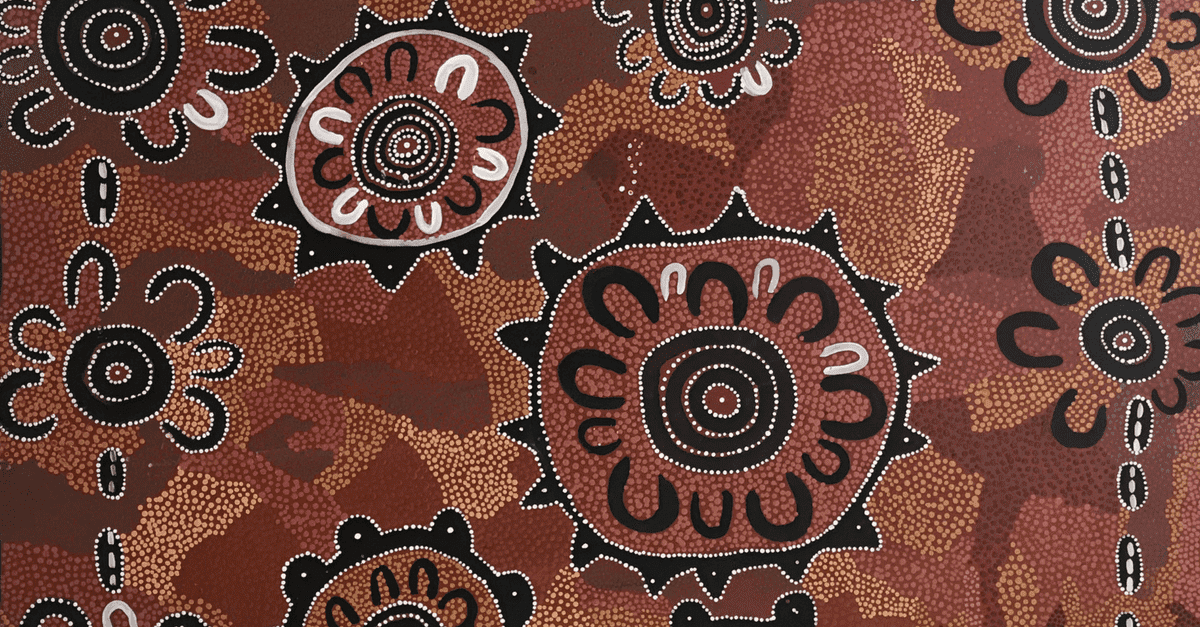In July of this year, we were fortunate enough to start a project with the Ngaantnyatjarra Pitjantjatjara Yankunytjatjara (NPY) Women’s Council. The NPY Women’s Council represents Anangu (Aboriginal people) women who live in the cross-border region of the Northern Territory, South Australia and Western Australia.
It is a vast, remote and semi-arid land of more than 350,000 square kilometres and home to around 6,000 Anangu. NPY Women’s Council was established in 1980 to give voice to women in the community. Since then, it has become a pivotal organisation, employing more than 150 people of whom a third are Anangu, across its service delivery and advocacy work – including youth services, family violence services, aged and disability services, traditional healers.
NPY Women’s Council put Anangu women and their families at the centre of their work. The organisation is governed by a council of Anangu women, who are commonly respected elders and leaders from within the communities across the region. This group play a critical role in governing and leading the organisation by guiding its vision and voice. The early days and establishment of the NPY Women’s Council is told beautifully in this painting, which was commissioned by the council.
We recently spent four days in Alice Springs with the team at the NPY Women’s Council, their directors and some members, to help them formulate their new strategy. The time flew by in an inspiring and thought-provoking whirlwind of discussions, drawings, musings and debate. The work was to listen, reflect and play back the voice of those sharing their views, stories and insights and the voice of their community.
A couple of key reflections and learnings from our time with the NPY Women’s Council were:
Asking the right questions for each setting
Something that became abundantly clear was that the usual strategic planning language along the lines of “what does success look like in five years” is not the right approach in the Anangu community setting. Their culture is about being open to the opportunity at the next turn and to recognise that you have to deal with what is front of you in the present.
The power of storytelling
In addition, storytelling was at the heart of our conversations. We went from a fairly direct line of questioning (such as “what is the opportunity and challenge”, which restricted responses) to asking the group to share their stories, insights and experiences (by saying “tell us about your community, your experiences and those of your family” and “tell us about what you want to change”) and being open to hear broader story based responses.
Listening first, structure second
Many of us typically structure our meetings and workshops with agendas that time box activities and discussions. However, we found the elders wanted to take the time to share their stories. They were not particularly worried about being there at a set time and they were incredibly patient when things were late or ran over. Throughout the four days, we learnt a deeper form of listening.
The use of visual aids and an interpreter
Communication can take many forms and it is important to adapt to and utilise the methods that get the most out of your time together and that participants can feel the most comfortable in using. Whilst almost all of the people we met with could speak English, they preferred to use their native language to more accurately convey their views and experiences. Utilising an interpreter allowed for this. Additionally, we were creative in our use of visual aids and imagery to communicate concepts to ensure we were getting the necessary information to feed into their strategic plan.
We’d love to continue this conversation so, if you have experience working for or alongside an Aboriginal organisation, please get in touch at info@sparkstrategy.com.au.


0 Comments